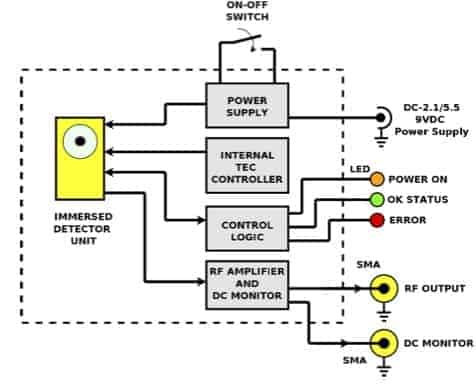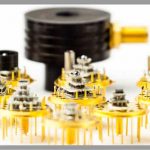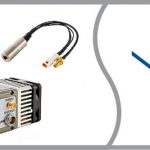Benefits of IR-Detection Modules
There are several advantages of choosing an integrated Infrared (IR) Detection Module over separately sourcing each individual component:
- A compact and miniaturized module that is easy to use and will bring down overall cost.
- The detector will be less vulnerable to over-bias, electrostatic discharges, electromagnetic interferences (EMI) and other environmental exposures.
- Improved high-frequency (HF) performance, output signal standardization, miniaturization, and overall cost reduction are additional benefits.
IR-Detection ComponentsA Detection Module integrates the IR-photodetector, the signal processing electronics, pre-amplifier, optics, heat dissipation systems and other components in one compact package. |
Programmable ModulesMany IR-Detection modules are programmable which allows for control of a variety of parameters (e.g., bandwidth and gain) even during normal operation. This enables completely new possibilities to designers of measuring systems. |
Front End Electronics
Various circuit designs have been developed to optimize the performance of the modules for applications. The front-end-electronics (FEE) is an important part in a detection module as the IR radiation emitted by an object is concentrated to the active area of an IR detector which in turn generates the photoelectric signals. The front-end electronics circuitry is typically used to:
- Provide optimum conditions for the operation of IR detectors – This is typically achieved with optimized constant voltage bias and current mode of the photoelectric signal readout which provides high sensitivity, fast response, and a wide dynamic range.
- Protect detector elements against overbias
- Amplify the signal within the required frequency band – This could be done with a minimized contribution of the preamplifier noise to the resulting noise of the detection module.
In addition to front-end electronics, detection modules may include additional electronic blocks for signal conditioning, such as gain blocks, filters, thermoelectric cooler controllers, analog-digital converters (ADC) and other components.
Available Modules
Through our supplier VIGO System, we offer a variety of IR-Detection Modules, which are optimized for uncooled or at temperatures achievable with Peltier-cooler operation in the spectral range from 2 µm to 12μm. There are 2 different IR-Detection Module segments offered, as well as accessories:
- Configurable Modules – To each type of IR-Detector there is a full range of dedicated preamplifiers which enables customers to choose the active area, type of preamplifier and bandwidth of the detection module. This makes it possible to adapt the module based on application needs and specifications.
- Pre-configured Modules – These options, better known as the Selected Line, offers pre-configured modules easily available with short lead times. They come in 4 categories and offers Universal “all-in-one” modules (UM-Series), programable Laboratory series (LabM-Series), Ultra-High-Speed detection modules (UHMS-Series) for applications requiring high-time resolution or high frequency-bandwidth optical detection and a microM-series when space is really limited.
- Accessories – To accompany the IR-Detection Modules there is an array of accessories to choose from. Find electrical accessories such as thermoelectric cooler controllers and preamp power supplies, or mechanical accessories such as brackets for detectors and infrared modules, base mounting systems and cables dedicated to our products.
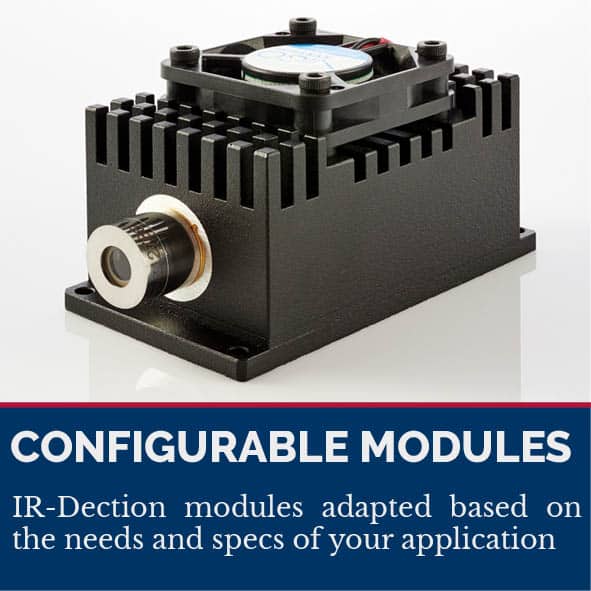 |
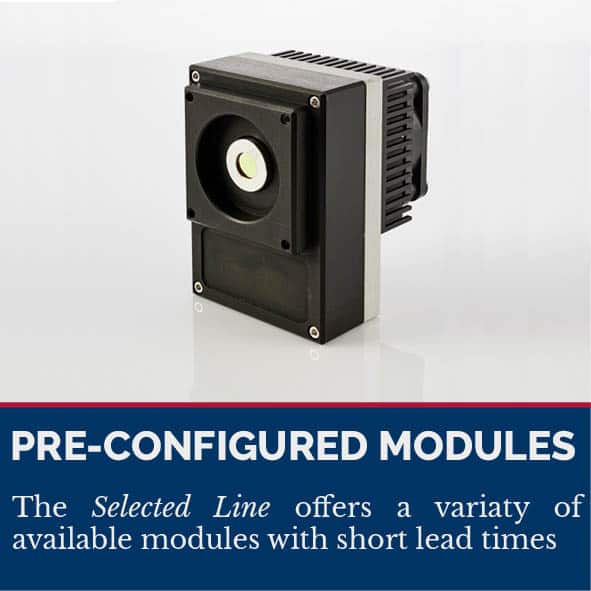 |
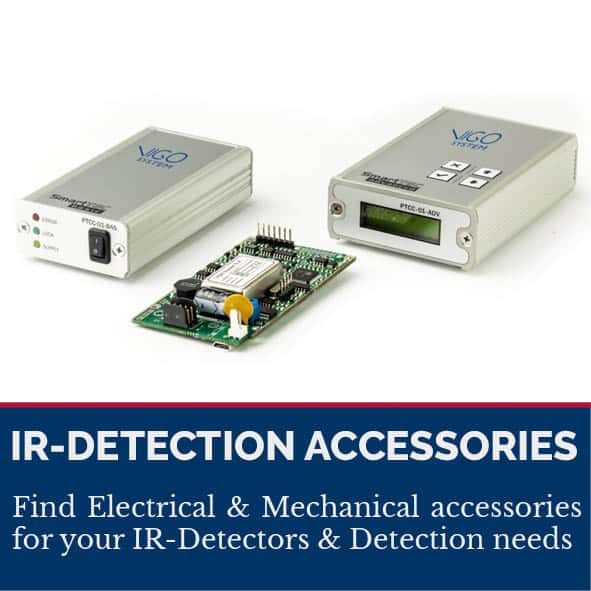 |
Which is right for you?
Contact us with any questions you have about our IR-Detection Modules or to learn more about how these could integrate in to your application.



